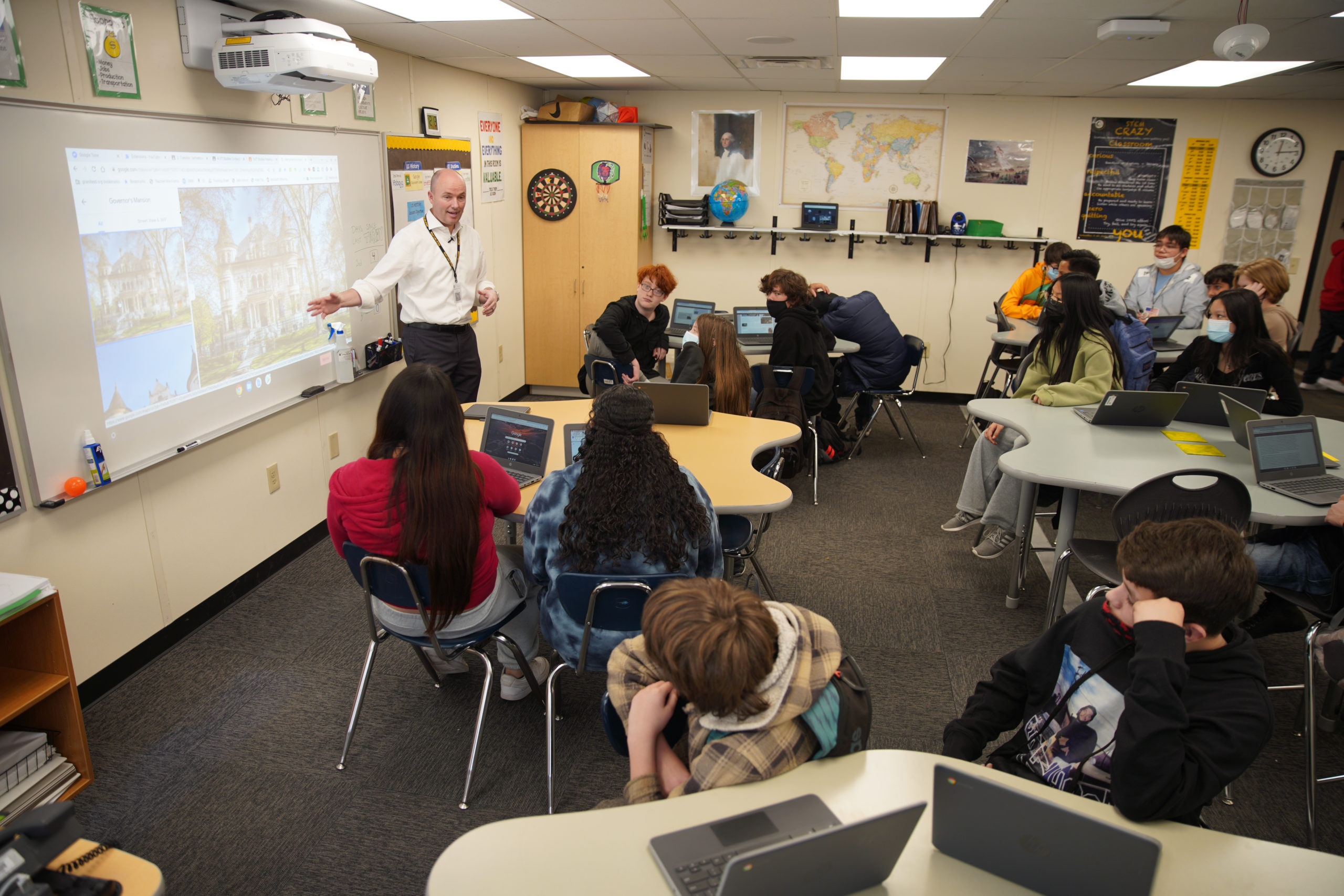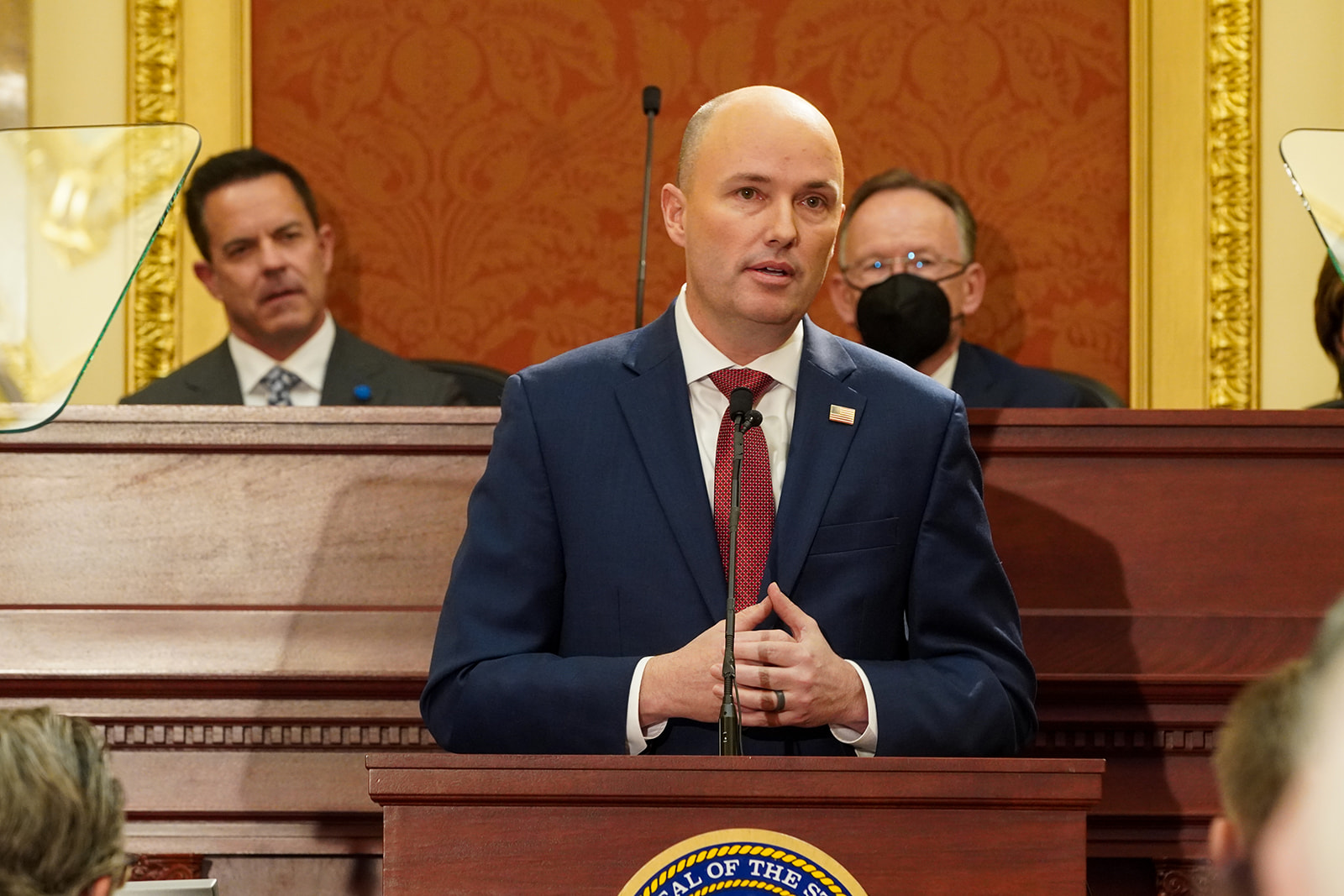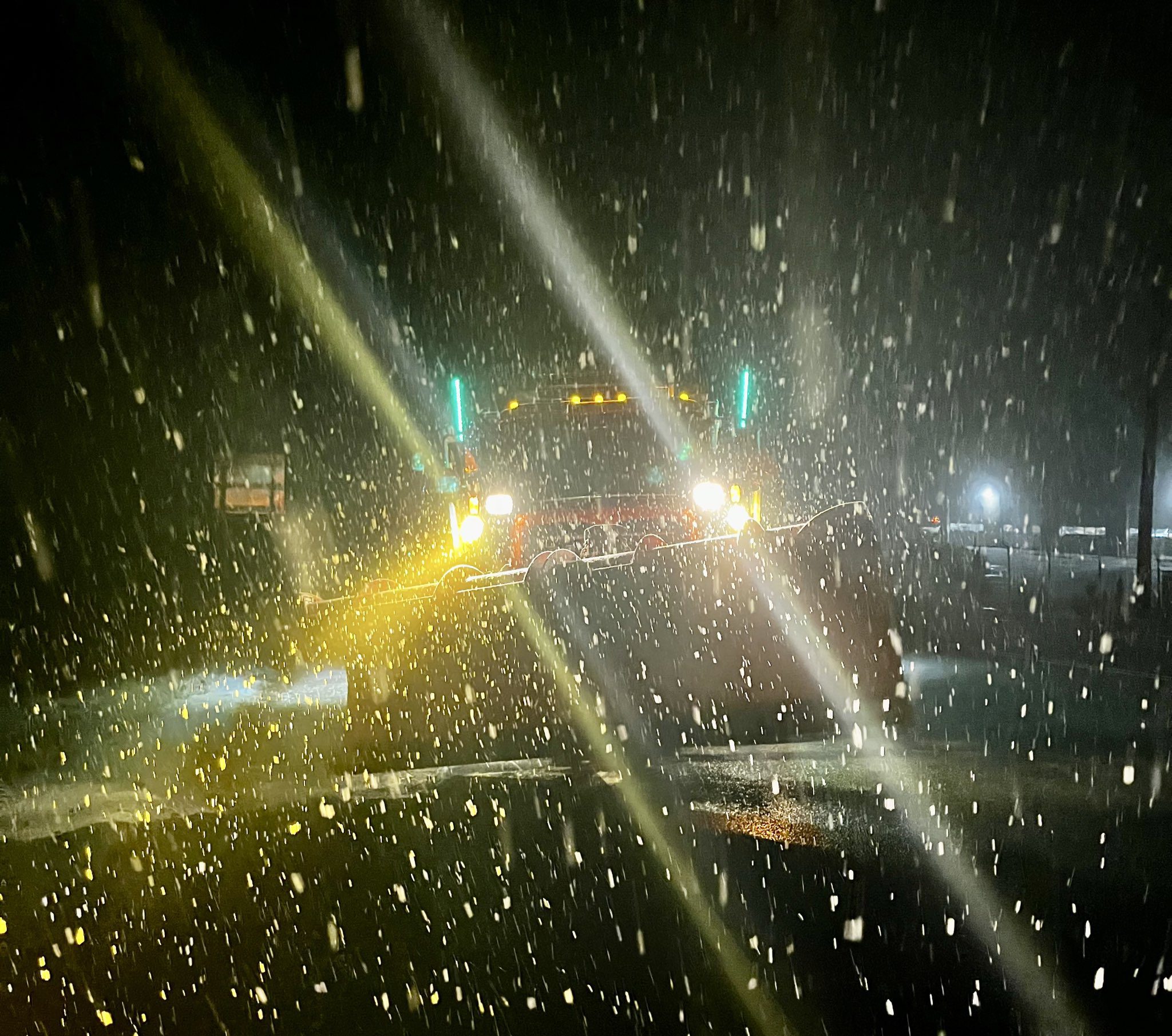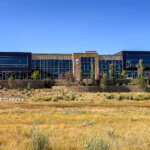Neighbors Magazines
Park City struggles with labor shortages as housing costs soar
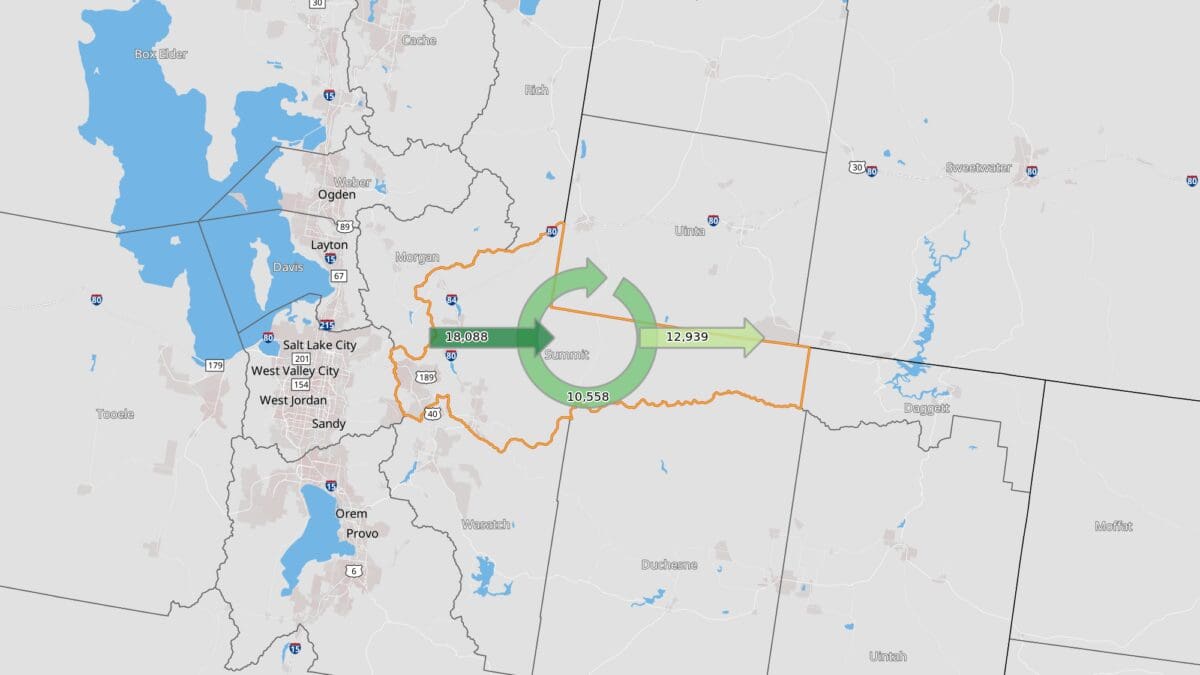
2021 Summit County Inflow-Outflow map. Photo: OnTheMap, U.S. Census Bureau
Local programs offer perks for housing, hinting at creative fixes for labor crisis
By Rich Ellis, Neighbors of Park City
Park City’s labor shortages reached crisis levels in 2023. Stories of businesses shortening their hours and shuttering their doors abounded. Much of the blame fell on Park City’s high housing costs and booming vacation rental businesses. During the 2022 to 2023 ski season, twelve workers from Argentina paid $1,000 each to share a one-bedroom unit, The Salt Lake Tribune reported.
While housing is undoubtedly a factor, it doesn’t fully explain our tight labor market (i.e., one in which there are plenty of jobs but not enough people to fill them). That, at least, is my takeaway from interviewing Gwen Kervin, Regional Economist at the Utah Department of Workforce Services, and consulting a trove of data she recommended.
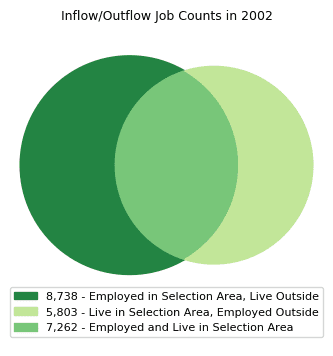
Using mapping software from the U.S. Census Bureau, let’s travel back to 2002. Then, 54.6% of the 16,000 people employed in Summit County lived outside its bounds, meaning they commuted here to work. At the same time, of the 13,065 residents, 55.6% lived and worked in Summit County.
By 2011, 59.7% of 23,308 people working in Summit County commuted from alternate counties, while just 40.3% lived and worked here. And, the latest available data from 2021 shows that 63.1% of the 28,646 workers in Summit County live elsewhere.
In just 20 years, we went from less than 9,000 commuters to well over 18,000 today. If you’ve driven into Park City on State Routes 248 or 224 between 7 and 9:30 a.m., you’ve experienced it.
Meanwhile, other forces converged to tighten our labor market. COVID-19 brought an influx of new neighbors from around the country, and the sudden reversal from pandemic lockdowns to a stimulus-fired reopening produced a sizzling economy without enough workers to fuel it.
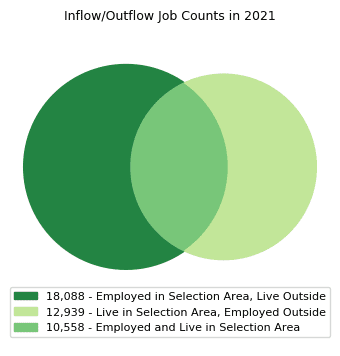
Research by Kervin shows that Utah’s statewide labor shortage peaked in January 2022, when there were about 3.5 job openings for every unemployed person. So, wages increased, as did the barriers to commuting into Summit County.
“If you’re pulling in a lot of your labor from, say, Salt Lake County,” Kervin explains, “there’s an added transportation cost for people coming in. You’re going to have to perhaps compensate them for that additional cost of getting to their job, especially since labor markets are still tight in Salt Lake County as well. Those workers could potentially get a job in Salt Lake County and not have to spend half an hour driving up to Summit County.”
So yes, Park City housing has become relatively scarce and unaffordable, but we’ve also become less desirable as an employment destination for commuters across the Wasatch Front and Back. To this day, job growth in Summit County continues to outpace the state average by about double, adding yet more pressure to attract talent. With an unemployment rate of just 2.7% in December 2023, Summit County has a mere 764 unemployed people to draw upon.
Here’s the silver lining: talent would be even tighter if Park City weren’t a Utah ski town within a short drive of a metropolitan area. On top of that, Utah has the highest labor force participation rate in the country—a product of our young population and recent wage growth.
For comparison, in Colorado’s Eagle County, home to Vail Ski Resort and Beaver Creek Resort, 51.8% of employees commute from other counties. However, Eagle County has a 2.5% unemployment rate, and Denver is an hour and a half away (when there’s not bumper-to-bumper traffic).
Park City is short on labor, and that is unlikely to change quickly. That said, our community is testing innovative solutions. For instance, the Park City Chamber of Commerce, Mountainlands Community Housing Trust, and Rossignol joined forces to launch WE RIP, a program that incentivizes local homeowners to rent out extra rooms at affordable rates in exchange for free skis and boards.
Personally, I believe high-speed rail transit connecting the Wasatch Front and Back could be a game-changer for our labor crunch. A fast, predictable, lower-cost commute would be far more appealing than crawling along 224 and 248. While we’re at it, we may as well throw in bullet trains connecting Salt Lake City to Las Vegas and Reno (with ample mountain bike storage). Ok, fine, Los Angeles and San Francisco, you can join as well.
A writer can dream, can’t he?
















